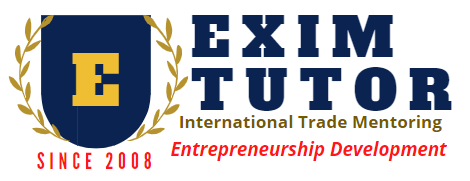In recent years, tariff hikes imposed by the United States have significantly impacted global trade dynamics. For exporters targeting the U.S. market, understanding these tariff changes and their implications is crucial to sustaining competitiveness and growth. The effects of tariff hikes on exports to the USA, challenges faced by exporters, and strategies to navigate this evolving landscape.
What Are Tariff Hikes?
Tariffs are taxes or duties imposed by a country on imported goods. When the U.S. government raises tariffs on certain products, it increases the cost of those imports, often with the intent to protect domestic industries or respond to trade imbalances. Tariff hikes can be targeted at specific countries, sectors, or product categories.
Recent Tariff Hikes by the USA: A Snapshot
Over the past few years, the USA has implemented tariff hikes on various products from different countries, including steel, aluminum, solar panels, and certain consumer goods. For example:
- The 25% tariff on steel and 10% on aluminum imports.
- Tariffs on Chinese goods as part of trade disputes, sometimes reaching up to 30%.
- Tariffs on agricultural products in response to retaliatory measures by trading partners.
These measures have reshaped the cost structure and trade flows globally.
Impact of Tariff Hikes on Exporters
1. Increased Cost and Reduced Competitiveness
Higher tariffs mean that products imported into the USA become more expensive, reducing their price competitiveness compared to domestic or tariff-exempt alternatives. Exporters face the dilemma of absorbing higher costs, reducing profit margins, or passing costs onto U.S. buyers, which may lead to reduced demand.
2. Supply Chain Disruptions
Tariffs often compel companies to rethink their supply chains, sourcing components or raw materials from alternative countries to avoid high duties. This can increase complexity and operational costs for exporters.
3. Trade Diversion and Market Uncertainty
Exporters may look beyond the U.S. market to other regions with fewer trade barriers. However, the uncertainty around tariff policies can deter long-term investment and planning for exporters focused on the USA.
4. Retaliatory Tariffs
Many countries respond with their own tariffs on U.S. exports, creating a tit-for-tat trade war scenario. Exporters on both sides experience reduced market access and profitability.
Strategies for Exporters to Navigate Tariff Hikes
1. Diversify Markets
Expanding to alternative international markets can reduce dependence on the U.S. and mitigate risks associated with tariff hikes. Regional trade agreements such as USMCA, CPTPP, or EU trade deals offer valuable options.
2. Optimize Product Classification and Value Addition
Reviewing the Harmonized System (HS) codes and product classifications may help identify tariff exemptions or lower tariff brackets. Increasing the value addition or modifying product design can sometimes reclassify goods into more favorable categories.
3. Leverage Trade Agreements and Duty Relief Programs
Exporters should explore existing Free Trade Agreements (FTAs) and programs such as the U.S. Generalized System of Preferences (GSP) that provide tariff relief for eligible products and countries.
4. Enhance Supply Chain Resilience
Building flexible and diverse supply chains, including nearshoring or shifting manufacturing bases, can help avoid tariffs and reduce risks from sudden policy changes.
5. Engage in Advocacy and Stay Informed
Keeping abreast of trade policy updates, participating in industry associations, and engaging with trade representatives can help exporters voice concerns and influence policy where possible.
Conclusion
Tariff hikes by the USA present both challenges and opportunities for global exporters. While increased duties can squeeze margins and disrupt traditional trade routes, proactive strategies including market diversification, product optimization, and supply chain agility can help exporters remain competitive. Staying informed and adaptable is key to successfully navigating the evolving U.S. trade environment.
